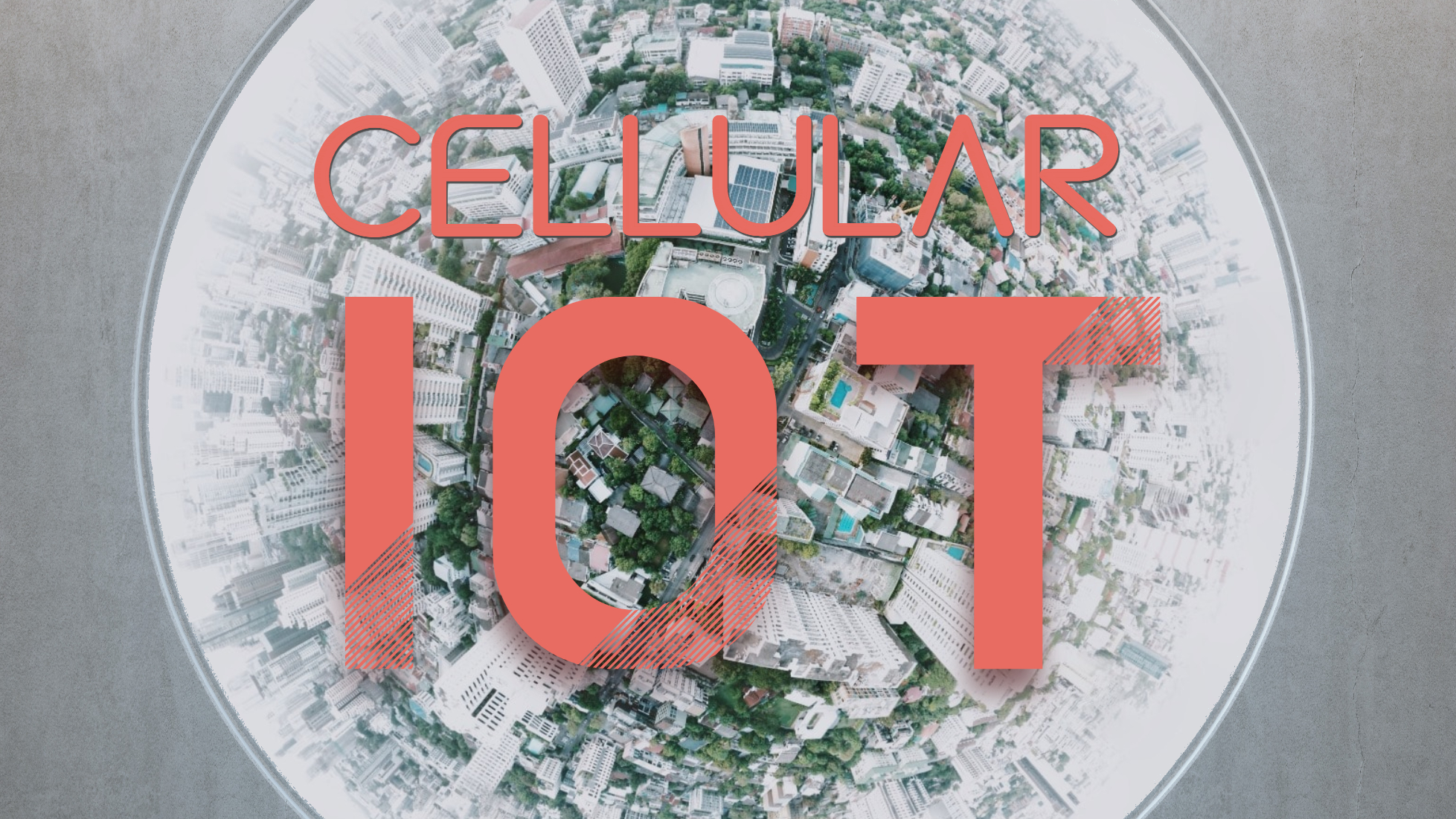The IoT industry has made great strides in recent years, driven largely by the expansion of applications and development of supporting technologies, but factors such as cost and practicality have typically held back mass production.
Take cellular IoT as an example, where the limitations of traditional SIM cards have made the prospect of scaling a costly and laborious process. But the tides are changing, with this year’s Mobile Economy report forecasting that the number of licensed IoT connections is expected to double from 2.5 billion in 2022 to 5.3 billion by 2030.
SIM cards have come a long way since they were brought to market in 1991 and there are now a number of different form factors available which, over the years, have become smaller and introduced new functionality, making innovative use cases possible. While the roll-out of 5G and the increased network speeds that follow will undoubtedly help deployments gather pace, it will be through innovations in SIM card technology that the IoT revolution is unlocked — enter eSIM (embedded SIM) and iSIM (integrated eSIM).
Realising the era of connectivity
The arrival of eSIMs and iSIMs represents a watershed moment in unlocking the possibility of mass IoT deployments, equipping manufacturers with the tools they need to scale.
Traditional SIMs are carrier-specific which means they are locked into one specific operator, making them an impractical choice to scale cellular IoT. In practice, this would mean any manufacturer that wanted to enhance the technology capabilities of multiple devices or access new markets would be reliant on the physical replacement of SIMs in potentially millions of connected devices.
Where eSIM and iSIM are opening the door to large-scale IoT is with the presence of Remote SIM Provisioning technology, which allows for the management of multiple network operator profiles over the air — removing the need to manually insert or replace the SIM, and paving the way for the ongoing management of large fleets of connected devices as well as devices in remote or difficult to reach locations.
Innovation through design
But the role of each device in enabling cellular IoT at scale goes beyond the presence of Remote SIM Provisioning, with the physical characteristics of both eSIM and iSIM lending themselves to specific applications.
From a design perspective, the eSIM takes the form of a 5mm x 6mm physical card soldered into the device, meaning it cannot be physically removed; meanwhile iSIMs, which can be measured in nanometres, are embedded directly onto a device’s processor, rather than taking the form of a separate piece of hardware.
The comparative size of both an eSIM and an iSIM to conventional SIMs allows manufacturers to create more efficient devices, by allowing for smaller, lighter and more power-efficient solutions. Not only this, but the fact they are embedded inside the hardware removes the cost and vulnerability of an external SIM tray for designers, allowing for more durable devices and paving the way for use cases such as waterproof and dust resistant IoT devices.
While the space-saving benefit of iSIM may seem like a no brainer for every application, the reality is the size is unlikely to be a major factor tipping the balance in the majority of cases. Instead, iSIM is well-suited for very specific use cases and presents unique opportunities for never-before-seen applications in smaller and low-end devices – picture smart clothing with embedded devices woven into the fabric to monitor an athlete’s performance or devices to track the migratory patterns of something as small as an ant, and you’ll get the picture.
One and the same
Both eSIM and iSIM are different form factors of exactly the same technology, and there is no technological advantage to using one over the other — mass deployment of IoT is possible with both eSIM and iSIM, and each satisfies a specific use case that may be more fit for purpose in a specific market or business function.
Security considerations are also identical in both eSIM and iSIM, offering a robust combination of hardware and software that makes it far harder to gain unauthorised access compared to with traditional SIMs which can be removed, lost or stolen.
As IoT devices proliferate, the GSMA has been ensuring the standards of the enabling technology – eSIM and iSIM – are certified; while non-standard solutions will be available, as is always the case with any new technology, trust in technology, particularly its security, is essential and a standardised industry solution, developed in collaboration with major industry players, is what the GSMA has helped to spearhead with eSIM and iSIM. In addition to common standards, we’re building trust in the technology further by offering industry-wide services. These allow organisations to properly discover and identify their eSIM-enabled devices and be assured they achieve the strong security standards needed for IoT deployments.
Powering the IoT revolution together
The emergence of eSIM and iSIM is ultimately not an either/or situation, or a race to become the dominant accepted enabler – it is very much both technologies that will power the IoT era, in much the same way that our online access relies on a combination of different generations and spectrums.
The eSIM was the first form factor that was specific for Remote SIM Provisioning technology and, as such, has become the standard mechanism to provide these capabilities to IoT devices. But with the release of certified iSIMs earlier this year, we will likely see adoption rise as specific use cases in healthcare, miniature and low-end devices call for smaller solutions.
What’s certain is that innovations in these enabling technologies are what will kickstart the IoT revolution. The adoption and driving forces behind it will differ from Europe to Africa to Asia, but what will underlie all its usage across the IoT are the standards the GSMA has designed for eSIM and iSIM.

